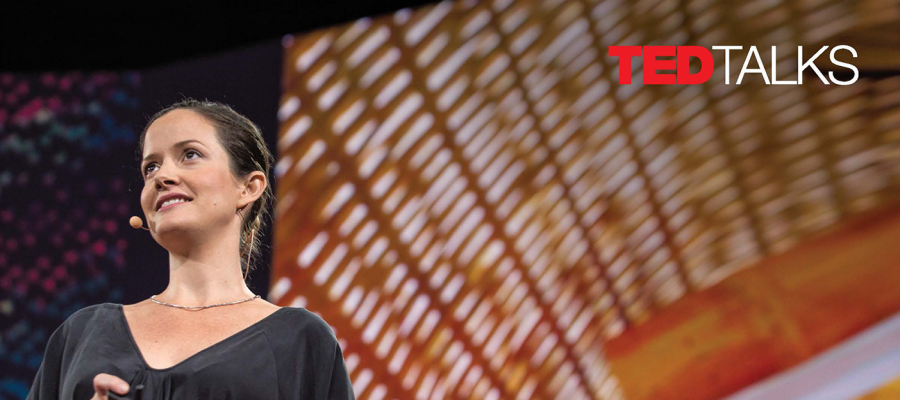According to the internet, video is processed 60,000 faster than text – an amazing, but seemingly unfounded claim repeated over and over online. Still, the old proverb A picture’s worth a thousand words isn’t wrong, and as teachers, we understand that one of the great things about video is the way the pictures and words work together to support learning.
The science behind using online video in the classroom
It’s well understood that short-term memory is limited and can only cope with a certain amount of information at one time, so anything that anyone is trying to learn has to enter the mind without overwhelming the short-term memory. All language teachers have seen the blank look on a student’s face that shows that they can no longer handle the input, and learning breaks down. Educational psychologist John Sweller was interested instructional design, and specifically in how to overcome this problem. He wanted to find out how educational materials could best help learners take in cognitively complex or technically challenging material, providing the right amount for learning – but no more.
One concept that arose out of Sweller’s work was that of matching modality in video input. We talk about watching a video, but actually, there are two modes of information transfer going on: the visual (watching) and the audio (listening). When the information in those two modes matches – that is, when the audio and video convey the same message – then the modality is matching, and it’s great for learners. For example, if a video shows a polar bear running across the ice, and the voiceover says A polar bear is running across the ice, the matching modality is nearly perfect, and it will be good for learners. If the voiceover with the running polar bear said The Earth’s average temperature is increasing, we can understand why the two messages go together, but it wouldn’t necessarily support learning. So when the sound and pictures work together in a TED Talk, it makes the big idea of the talk more accessible to learners.
An example from a course book
A great example of matching modality is Elora Hardy’s TED Talk Magical houses, made of bamboo. Early in the talk, Elora describes some of the bespoke homes she’s designed and built using bamboo. As Elora describes the features of the houses, we see images of what she’s describing – perfect matching modality. This gives students great access to language that they wouldn’t understand without the pictures. The exercises on the student’s book page of Perspectives Pre-intermediate unit 2 take into account the fact that the audio material the students listen to is very well supported by the imagery.
Try this!
Watch some TED Talks and find great examples of matching modality. When you show them to your learners, are they able to understand the material in a way that they wouldn’t if they were only listening? A few ideas – Greg Gage: How to control someone else’s arm with your brain (5:52); Derek Sivers: How to start a movement (3:09); Amy Cudy: Your body language may shape who you are (20:55); Sue Austin – Deep sea diving … in a wheelchair (9:38); Janet Echelman: Taking imagination seriously (9:26). Have fun!
Author: Lewis Lansford
Lewis got his first taste of teaching English in Barcelona in the late 1980s. The experience inspired him to get a Master’s in TESOL, after which he taught at a university language center in Arizona and then a manufacturing company in Japan. In 1995, he took an editorial job with a major publisher in Hong Kong developing materials for Asia, and in 1997 became a freelance editor, project manager and writer in the UK. He has worked on books, videos, tests, audio materials, worksheets, apps and online materials for English learners of all ages across the world. Lewis is an author for National Geographic Learning’s Keynote and Perspectives series.




Here is another talk for your list: https://youtu.be/iCFntp-oVdM